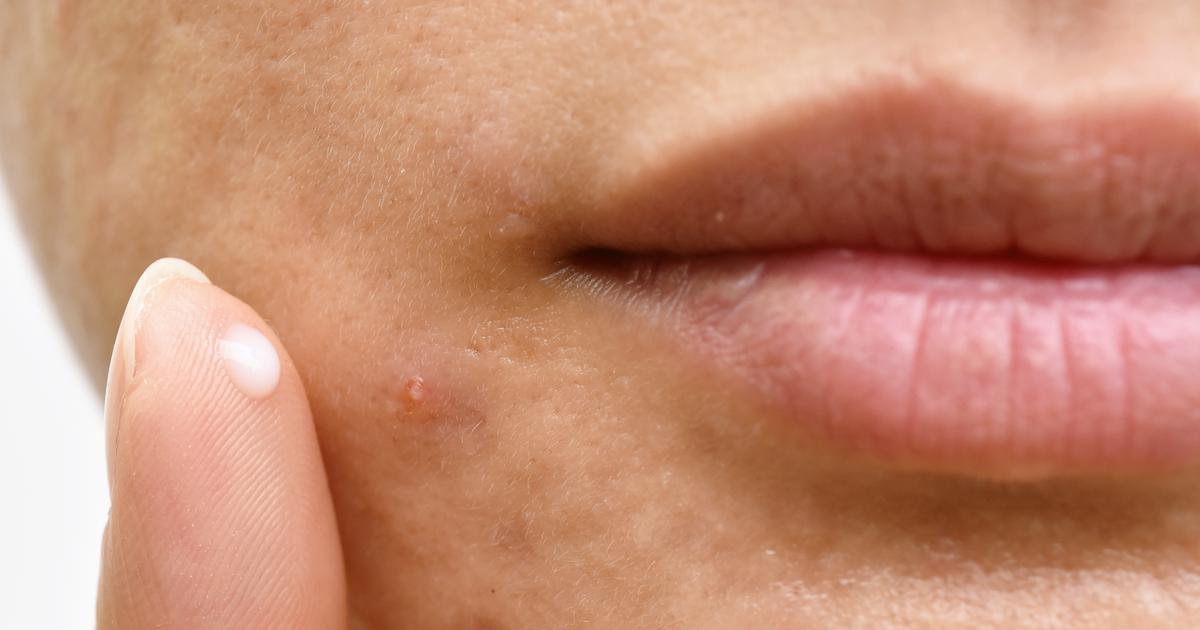How To Treat Cystic Acne
Acne is a normal part of life, and most individuals experience it at some point or another. While adolescence tends to be when acne is most common, individuals can also have acne well into adulthood. Some types of acne aren't common, though, and they require dermatological treatment. Cystic acne is one of them. Instead of being small pimples, cystic acne is made up of red, large, painful breakouts that form deep inside the skin. The condition can often recur and may linger for multiple years. While it's most common on the face, it can also affect other areas of the skin like the shoulders, chest, back, and arms. Cystic acne is much more likely to cause permanent scarring than average acne.
Get the full details on treating cystic acne now.
Apply Topical Benzoyl Peroxide
Cystic acne typically requires treatment methods other than those used on mild acne. The condition won't be affected by cleansers and over-the-counter medication, so consulting a dermatologist is important. Patients can apply topical benzoyl peroxide to treat both mild and moderate acne. It won't work on the underlying causes of cystic acne, but it may make breakouts less severe. The medicine reduces the number of acne-causing bacteria on the skin. It also dries the skin out and makes it peel. Patients should make sure they always check the ingredients list before using benzoyl peroxide, and follow the instructions. Some topical benzoyl peroxide products are available without a prescription, but prescription-strength medications are more likely to work on cystic acne. Lotions, cleansers, and foams containing benzoyl peroxide tend to require prescriptions. Patients should only apply the medicine to the areas suffering breakouts. They should also make sure they don't get it in their mouth, nose, or eyes.
Keep reading to reveal more treatments for cystic acne now.
Steroid Injections

Steroid injections are a potential treatment for cystic acne. Cortisone shots use substances that mimic cortisol, the stress hormone released by the adrenal gland. Other terms for this treatment include cyst injection, steroid shot, and intralesional corticosteroid injection. During this treatment, the dermatologist injects diluted corticosteroids into the cyst itself. Patients will notice the pimple is shrinking in size within a few hours. It takes less than twenty-four hours for the pimple to disappear or almost disappear. Some doctors prefer to numb the area before the injection, but it's relatively painless regardless. Before the injection, the dermatologist might drain the sebum in the pimple. It only takes about fifteen seconds for the procedure to be over. Cortisone shots are usually used after other methods of treatment haven't worked, and they tend to be prioritized for stubborn and long-lasting cysts rather than normal breakouts. Some patients also use steroid injections to get rid of cystic acne if it develops right before an important event like a wedding. They should be aware, though, the shots can cause pitted scars if the dose of cortisone is too strong.
Read more about managing cystic acne now.
